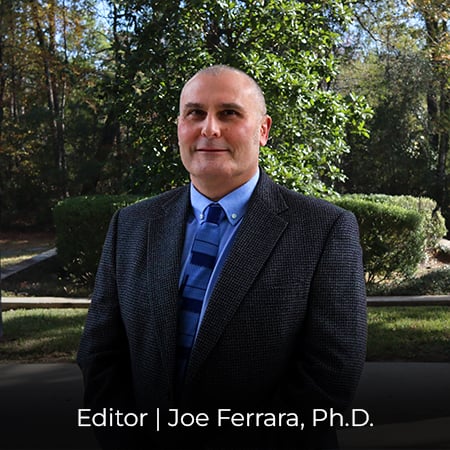In your drug development process, do you ever have to deal with very small amounts of highly imperfect and impure samples, where you are required to determine some structural information related to connectivity, polymorphism, disorder state?
If so, then electron diffraction may be the tool you have been waiting for.
Within the drug development process, especially with more complex molecular entities, there are many stages where the solids requiring characterization might be sub-milligram in weight, be impure and imperfect from a crystalline perspective, and exhibit nanometer sized particles. In many cases, these solids are ideal for Micro Electron Diffraction (MicroED, 3DED).
At the initial crystallization step in late discovery / early development, you may have small amounts of material with a multitude of crystalline polymorphs driven by the impurity profile. These crystals will likely be very small and imperfect. MicroED can provide the only realistic characterization tool for determining connectivity and crystal form. In addition, with automated crystal identification and measurement protocols, polymorph screens can be performed on these very first solids.
After milling or processing to reduce particle size (enhance flow characteristics and solubility) the crystal will again be very small and highly disorder. As disorder as well as size play a significant role in solubility, being able to characterize the level and type of disorder induced by processing can be critical in optimizing scale up and manufacturing. MicroED is able to characterize induced disorder through automated analysis of individual particles.
The application of MicroED to characterize these types of samples will be discussed along with examples of measurements on nanoparticle delivery systems.
Downloads
Download: Solving Pharma’s Toughest Solid Form Challenges with Electron Diffraction
- “High-Throughput Identification of Crystalline Natural Products from Crude Extracts Enabled by Microarray Technology and microED”, Delgadillo et al, ACS Cent. Sci., 2024, 10(1), 176-183 https://doi.org/10.1021/acscentsci.3c01365
- “Atomic-level structural responsiveness to environmental conditions from 3D electron diffraction”, Ling et al, Nat. Comm., 2022, 13, 6625 https://doi.org/10.1038/s41467-022-34237-1
- “Making the Most of 3D Electron Diffraction: Best Practices to Handle a New Tool”, Truong et al, Symmetry 2023, 15(8), 1555 https://doi.org/10.3390/sym15081555
- “The Elusive Structure of Levocetirizine Dihydrochloride Determined by Electron Diffraction”, Karothu et al, Angewandte Chemie Int. Ed. 2023, 62(26), e202303761 https://doi.org/10.1002/anie.202303761
- “Detection of Hydrogen Atoms Using Only 3D ED/MicroED and Contribution to Structure Determining Salts or Cocrystals”, Keiyo Nakai, Kuniyoshi Miki, Takashi Kikuchi, and Mitsuhisa Yamano, Cryst. Growth Des. 2025, 25(1), 129-135 https://doi.org/10.1021/acs.cgd.4c01421
- “Furfural-Derived Diacid Prepared by Photoreaction for Sustainable Materials Synthesis”, Wang et al, ACS Sustainable Chem. Eng. 2018, 6(7), 8136-8141https://doi.org/10.1021/acssuschemeng.8b02415
About the presenter

Rigaku Americas | Texas, USA
Simon Bates is V.P. of Science and Technology at Rigaku Americas Corp., where he nurtures collaborative relationships between industry partners and academia in the discovery of new technologies and methodologies for the next generation analytical systems. His fascination with materials science and analytics has led Dr. Bates on an interesting career path. Having received his Ph.D. from the University of Hull for his neutron diffraction studies on the magnetic properties of rare earth materials, Dr. Bates completed his postdoctoral work at the University of Edinburgh where he first started to design and build specialized high resolution X-ray diffraction system for materials characterization. He continued working on X-ray analytical systems and software design throughout his career at Philips, Shimadzu (Kratos), Bede Scientific, and Rigaku. However, before joining Rigaku, Dr. Bates explored a different career direction and spent 17 years working in pharmaceutical contract research at SSCI and then Triclinic Labs., where he expanded his toolkit for materials analysis to embrace thermal methods and IR/Raman spectroscopy while experimenting in organic chemistry and molecular modeling. Dr. Bates has continued his relationship with academia, volunteering as an Adjunct Professor at Purdue University, University of Hawaii Hilo and more recently at the University of Long Island. Want to learn more? Connect with Simon Bates, PhD LinkedIn .

Contact Us
Whether you're interested in getting a quote, want a demo, need technical support, or simply have a question, we're here to help.

Subscribe to the Crystallography Times newsletter
Stay up to date with single crystal analysis news and upcoming events, learn about researchers in the field, new techniques and products, and explore helpful tips.


